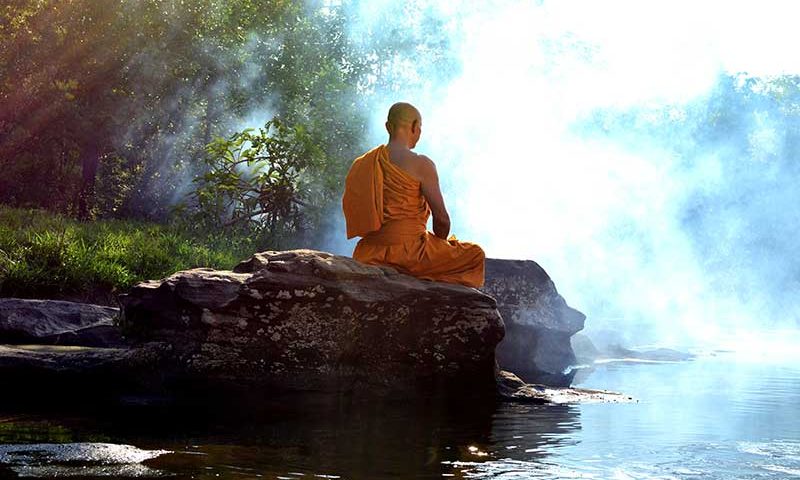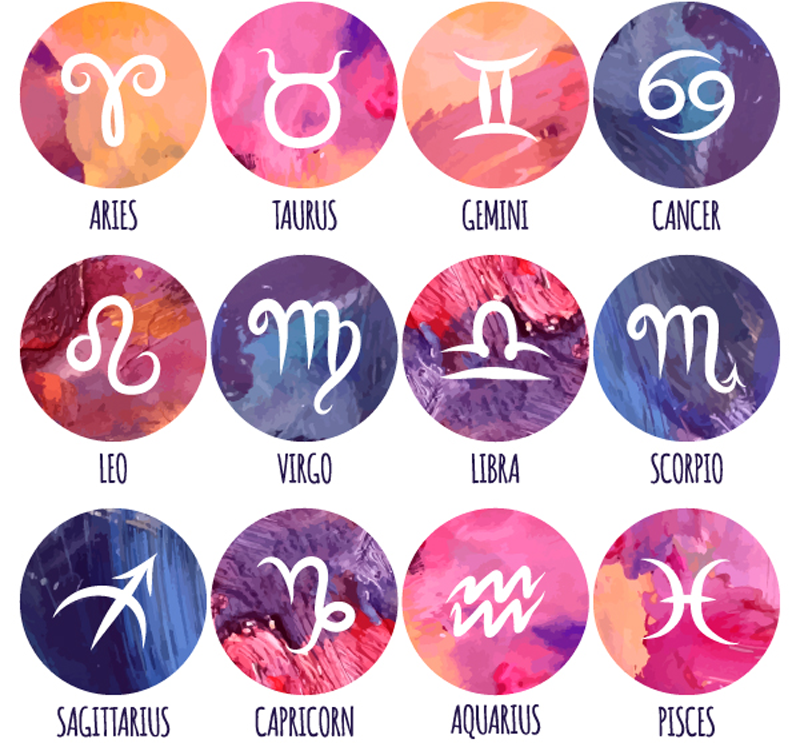
Intermittent fasting for weight loss and to burn those stubborn calories
August 18, 2017
Can Yoga Improve Self Confidence?
August 18, 2017What is meditation and most popular types you can practice

What is Meditation and Most Popular Types | Ana Heart Blog
Today, we live in a world of more and more stress, anxiety and distractions, so it is no surprise that many people seek some kind of salvation. For many, that salvation is meditation. Allowing yourself time to switch off from the world and begin again with a clear mind is vital in today’s day and age when we are bombarded daily with new situations to deal with.
So, what is meditation? What is it that so many people find beneficial about this ancient art, and more importantly, how do you go about practicing it? Below we explore and discuss some of the most common meditation techniques, in addition to the history of meditation and the many benefits that it can bring to modern life.
What is Meditation?
The main focus of meditation is improving and transforming your mind. With a wide variety of different practices out there, there is one to suit everybody, subsequently aiding you on the journey to achieve emotional clarity, concentration and essentially a place of inner peace.
Having an outlet for the stress and anxiety of modern life is something of great importance, and taking a few moments to calm yourself down and allow rational thinking in times of need can be beneficial. Buddhism teaches that the most important thing to do in times of worry is taking responsibility for our own state of mind, which Buddhists believe to reduce sorrow, hatred, anxiety, and fear.
Although the technique of meditation itself seems simple, the discipline of clearing the mind can be harder to get the hang of than it may first seem. For this reason, many people agree that having a teacher makes the learning process easier than trying to achieve the techniques by yourself.
History of Meditation
The practice of meditation can be found throughout history, especially in religious contexts. Repeating rhythmic chants or mantras with positive affirmations was something often involved in pre-historic meditation techniques. Much like yoga, meditation was first known to be practiced through Hindu traditions in ancient India, although the exact dates are generally unclear.
Sutras of the Pali Cannon documents the practice of meditation in Buddhism around the 1st Century BCE. The practice was then thought to spread across to China, due to recordings of the art being found in the Vimalakirti Sutra at around 100CE. The documentation is a little less clear in the west, but by 20BCE spiritual exercises and writings were found, and true meditative techniques started to come to light by the 3rd century.
After the first original school of Buddhism was discovered in China in the 6th century, the techniques in addition to Japanese Buddhism started to develop in Asia. By the 18th century, Buddhism and meditation had begun being practiced in the West, including the first English translation of the Tibetan Book of the Dead being published in 1927. From that moment onwards, yoga schools began to appear, and the practice began to gain more of a following.
Benefits of Meditation
The benefits that meditation is said to have on the mind, body, and soul is endless, which probably explains why the practice is so popular today. Whether used to reduce stress and improve inner-peace or looked at from a more traditional point of view, searching for the meaning of life, the health benefits documented from the practice can be life-changing. Reduced stress, improved concentration, self-awareness, happiness, acceptance, cardiovascular and immune health are just some examples.
Different types of meditation
Choosing a method of meditation, to begin with, can be a daunting task, but although there are many different techniques out there, at the heart of them all is the same objective. Try not to get too hung up on choosing one to start with, just find yourself somewhere calm and peaceful to let the mind relax, and a little trial and error will get you a long way.
Transcendental Meditation
Transcendental Meditation (TM) is one that many people may be familiar with. Practicing this for the suggested 15-20 minutes twice a day can really help with anxiety and nerves, by repeating a positive sound or mantra while sitting comfortably. Due to the amount of information easily available on the method, TM can be one of the easier techniques to start with.
Vipassana Meditation
One of the most ancient techniques of meditation, Vipassana, is believed to have originated in India. The combination of mindful breathing and contemplation techniques encourages self-exploration and understanding between the mind and body.
Zen Meditation
Zen or Zazen meditation, unique to Zen Buddhism, is a form of meditation best performed seated. There are a number of positions to choose from, so taking the time to find one you’re comfortable in can be beneficial. One of the most popular positions though is the Burmese, where you sit cross-legged with your knees on the floor. Once comfortable, you can begin to focus on your breathing and clear the mind.
Chakra Meditation
As made clear in the name, Chakra meditation focusses on the seven chakras found throughout the body. Chakras are better explained as energy centers, where it is believed you receive, transmit and process life energies. Getting in touch with the network of chakras encourages your mind, body, and spirit to work as one.
To practice Chakra meditation, begin by finding a comfortable seated position, ensuring your back is kept straight. You can now begin to focus on each part of your body individually, starting with your feet and working up, concentrating on releasing stress from every area. It is important to stay focused on your breathing throughout the practice, visualizing your beating heart and imagining every fiber of your being working together in perfect harmony. To ensure maximum comfort is achieved, try putting on some comfy yoga pants and a specially-designed yoga cotton top before beginning.
Although all these techniques can seem difficult to master at first, if you stick with it a strong connection can be formed between the body and mind, resulting in being that step further toward achieving inner-calm.

